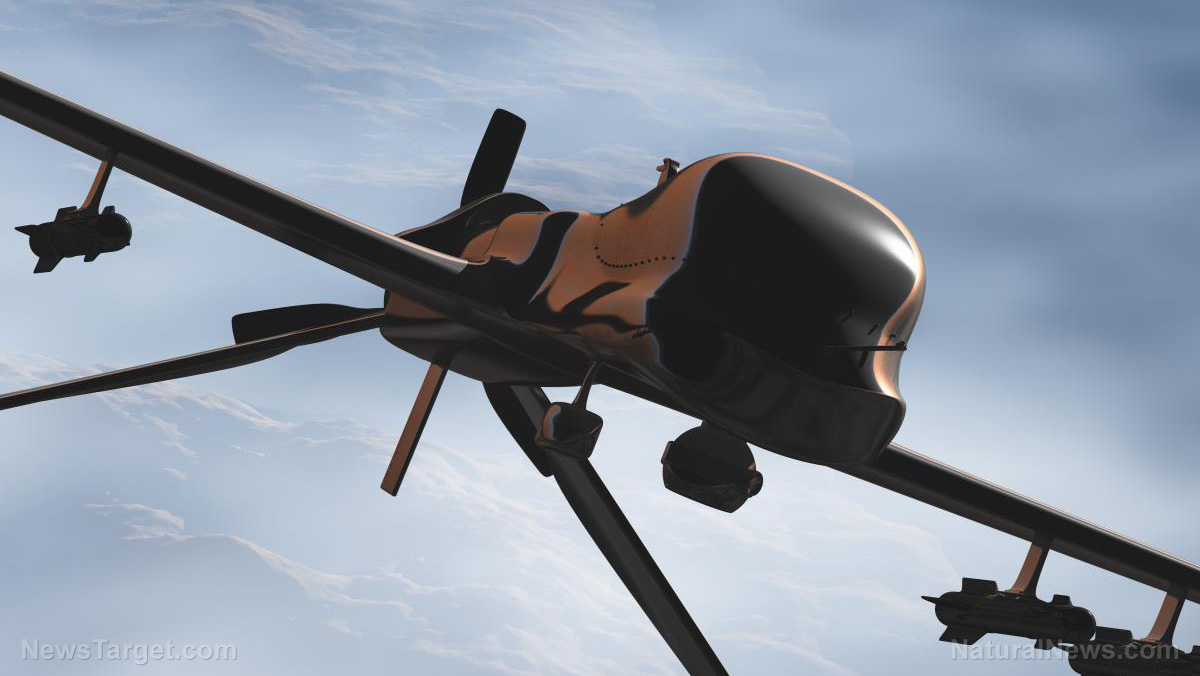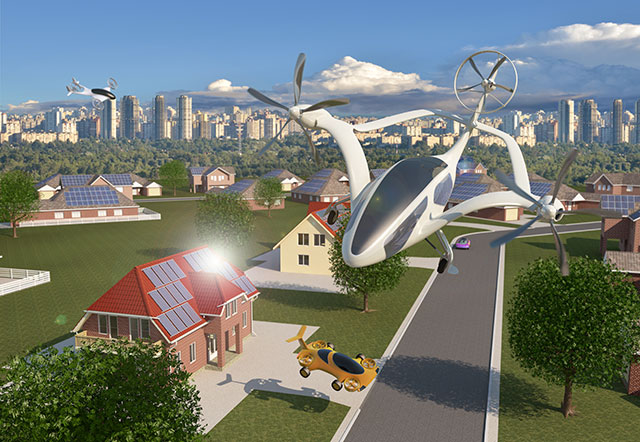
The ongoing conflict in Ukraine and the increased reliance of both sides on the use of unmanned aerial vehicles have led to significant advances in drone technology, which are bringing closer to reality the age when fully autonomous fighting robots dominate modern battlefields.
The technology was introduced during the Vietnam War in the 1950s, when both the United States and the Soviet Union developed drones that flew reconnaissance missions over enemy territory.
Since then, drone technology has made significant advances. Both Russia and Ukraine have been using drones to devastating effect since the beginning of the conflict. (Related: Biden's Pentagon just gave Ukraine the green light to launch drone strikes on Russian territory, which will lead to rapid escalation with NATO.)
Experts believe it will only be a matter of time before Russia or Ukraine becomes the first nation to deploy fully autonomous combat robots if the conflict drags on.
Ukrainian Minister of Digital Transformation Mykhailo Fedorov agreed that fully autonomous combat drones are "a logical and inevitable next step" in weapons development. He admitted that the country has been doing "a lot of R&D in this direction" and believes that some kind of breakthrough in this field could appear within the next six months.
Some of the drones currently in use in Ukraine are already semi-autonomous. These drones are known as loitering munitions or suicide drones and they are designed to passively hover over an area while their human controllers choose targets over a live video feed. Once the targets have been chosen, artificial intelligence then controls the drones' descent and explosion on impact.
These drones include the Iranian-made Shahed-136, which Russia has been using to cripple Ukrainian power infrastructure. On the other side, Ukraine is being supplied by the Polish Warmate and the American-made Switchblade 600.
"The technology to achieve a fully autonomous mission with Switchblade pretty much already exists today," said Wahid Nawabi, CEO of AeroVironment, the maker of the Switchblade suicide drones.
There are still some problems that need to be resolved before fully autonomous drones take to the air. This includes making sure that the drones fully controlled by artificial intelligence can distinguish between combatants and civilians.
International community watching Ukraine conflict to learn about drone warfare
Michael Boyle, an expert on drone warfare as it relates to political science at Rutgers University in New Jersey, noted that the international community may also be watching the use of drones in Ukraine to see how they might use drones in future conflicts.
"In the case of Russia and Ukraine, you have organized militaries in an interstate war throwing drones at each other," said Boyle. "That's one of the reasons why you're seeing such interest from outside Russia and Ukraine, looking at how this is playing out."
"A lot of states see this as a potential test run for what it might look like if they had an interstate war, for example, over Taiwan, or in any other theater against Russia," continued Boyle. "They're looking at this as the first time two state actors [are] equipped with reasonably competent drone fleets, versus just throwing them at each other and seeing what's happening."
Learn more about drone technology, drone warfare and how drones are being used in Ukraine at DroneWatchNews.com.
Watch this clip from SouthFront discussing how Russia and Ukraine exchanged drone and missile strikes over the New Year's weekend.
This video is from the channel The Prisoner on Brighteon.com.
More related stories:
Ukrainian drone strikes deep within Russia could spark a bigger war involving the US.
Iran finally admits it is supplying Russia with combat drones.
Google veterans to launch drones with "most advanced AI" ever.
Chinese researchers develop autonomous drones that can track people through dense forests.
Sources include:
Please contact us for more information.














